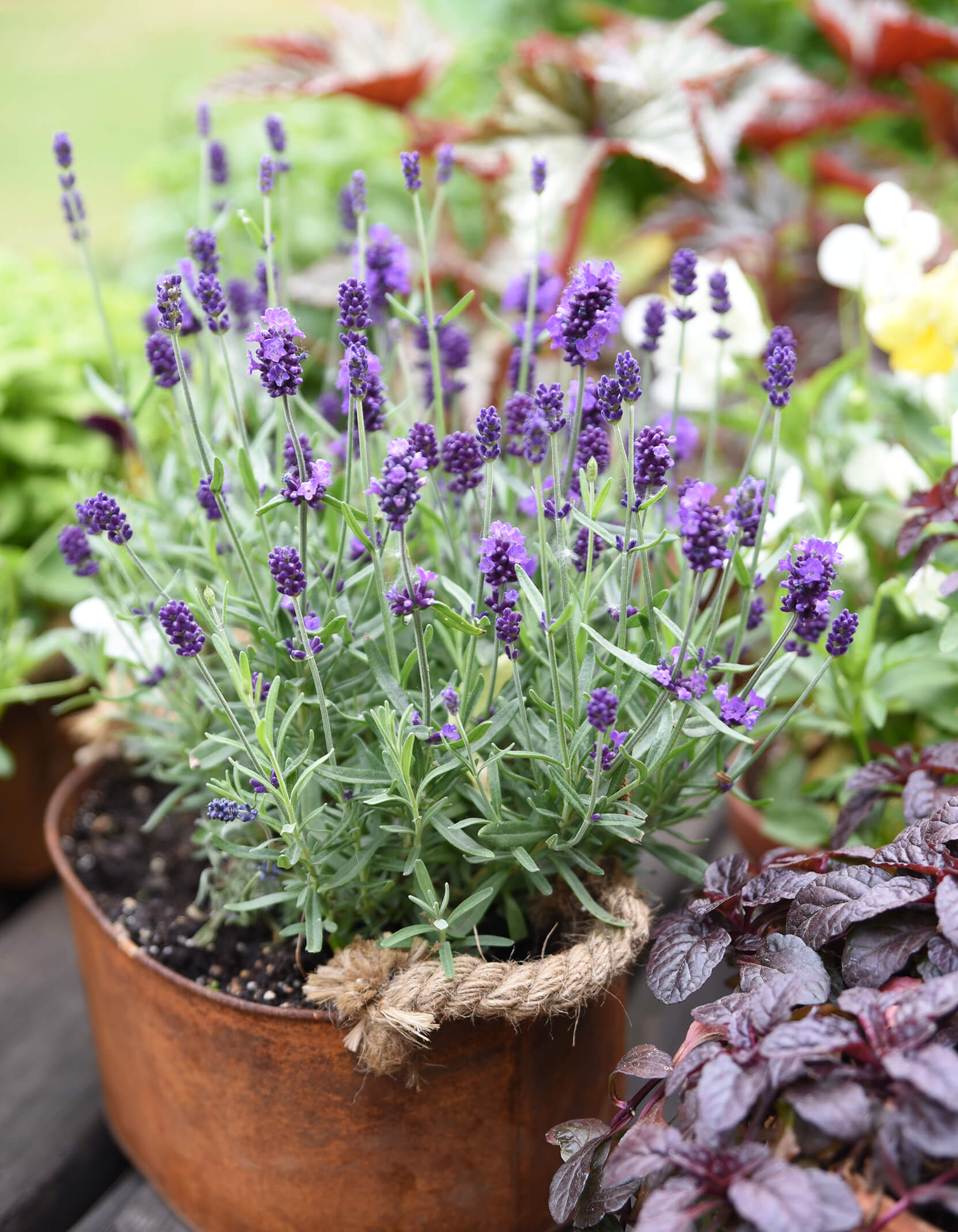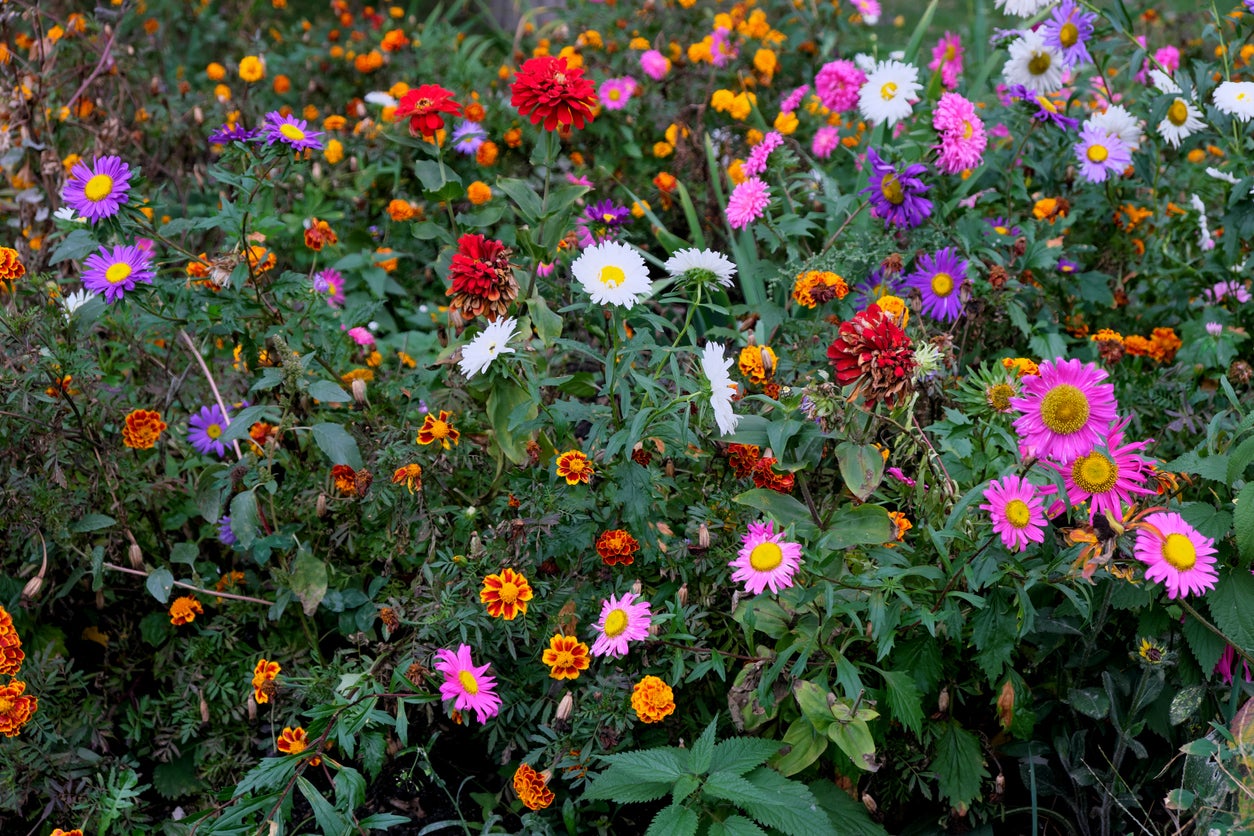The Best Coneflower Companion Plants
Title: The Best Coneflower Companion Plants
Introduction:
Coneflowers are a popular choice for home gardens because they are easy to grow, drought-tolerant, and attract pollinators. But did you know that planting coneflowers with the right companion plants can help them thrive even more?
In this blog post, we will discuss the best companion plants for coneflowers. We will also provide tips on how to plant and care for these plants together.
Main Content:
What are companion plants?
Companion plants are plants that are beneficial to each other when grown together. They can help to improve each other's growth, deter pests, and attract pollinators.
When choosing companion plants for coneflowers, it is important to consider their needs and preferences. Coneflowers need full sun and well-drained soil. They are also tolerant of drought and poor soil.
Some of the best companion plants for coneflowers include:
- Lavender: Lavender is a drought-tolerant plant that attracts pollinators. It also helps to repel pests such as mosquitoes and moths.

- Yarrow: Yarrow is another drought-tolerant plant that attracts pollinators. It also helps to improve the drainage of soil.
- Catmint: Catmint is a low-growing plant that attracts pollinators. It also helps to deter deer and rabbits.

- Butterfly weed: Butterfly weed is a native plant that attracts butterflies and other pollinators. It also helps to improve the nitrogen content of soil.

- Goldenrod: Goldenrod is a tall, showy plant that attracts pollinators. It also helps to attract beneficial insects that help to control pests.
- Sedum: Sedum is a succulent plant that is drought-tolerant and low-maintenance. It also helps to attract pollinators and beneficial insects.

How to plant coneflowers with companion plants:
When planting coneflowers with companion plants, it is important to space them properly. Coneflowers need about 18 inches of space to grow. Their companion plants will also need some space, so be sure to plan accordingly.
You can plant coneflowers and their companion plants in a single bed, or you can create separate planting areas for each type of plant. If you are planting in a single bed, be sure to group the plants together so that they will benefit each other.
How to care for coneflowers and their companion plants:
Coneflowers and their companion plants are relatively low-maintenance. They need full sun and well-drained soil. They should be watered regularly during the first year after planting, but they should be able to tolerate drought once they are established.
You may need to deadhead coneflowers (remove the spent blooms) to encourage new growth. You should also divide coneflowers every few years to keep them healthy and vigorous.
Conclusion:
Coneflowers are beautiful and easy-to-grow plants that can add a touch of color and interest to any garden. By planting them with the right companion plants, you can help them thrive even more.
The companion plants listed in this blog post are just a few of the many options available. When choosing companion plants for coneflowers, be sure to consider their needs and preferences. With a little planning, you can create a beautiful and beneficial garden that will attract pollinators and other wildlife for years to come.
Coneflowers are beautiful and versatile plants that can add a touch of color and interest to any garden. But did you know that there are certain plants that make great companions for coneflowers? By planting coneflowers with the right companion plants, you can help to attract more pollinators, deter pests, and improve the overall health of your garden.
Here are a few of the best companion plants for coneflowers:
- Lavender: Lavender is a beautiful and fragrant plant that helps to repel pests and attract pollinators.
- Gaillardia: Gaillardia, also known as blanket flower, is a colorful plant that blooms in a variety of shades of orange, yellow, and red. It helps to attract pollinators and deters pests.
- Ornamental oregano: Ornamental oregano is a hardy plant that blooms in late summer and fall. It helps to attract pollinators and repel pests.
- Goldenrod: Goldenrod is a tall, yellow-flowered plant that blooms in the summer. It helps to attract pollinators and deter pests.
- Sedum: Sedum is a succulent plant that blooms in shades of pink, yellow, and white. It helps to attract pollinators and deter pests.
For more information about coneflower companion plants, please visit Home Gardening.
FAQ of coneflower companion plants
What are some good companion plants for coneflowers?
Some of the best companion plants for coneflowers include:
- Lavender: Lavender is a drought-tolerant plant that attracts pollinators. It also helps to repel pests, such as mosquitoes and flies.
- Yarrow: Yarrow is another drought-tolerant plant that attracts pollinators. It also helps to improve the drainage of soil around coneflowers.
- Catmint: Catmint is a low-maintenance plant that attracts pollinators. It also helps to deter rabbits and deer.
- Black-eyed Susans: Black-eyed Susans are native to North America and bloom at the same time as coneflowers. They help to attract pollinators and add a splash of color to the garden.
- Rudbeckia: Rudbeckia is a type of coneflower that comes in a variety of colors. It is a hardy plant that can tolerate poor soil conditions.
How do coneflower companion plants benefit each other?
Coneflower companion plants can benefit each other in a number of ways. For example:
- Lavender and yarrow can help to repel pests that can damage coneflowers.
- Catmint can help to improve the drainage of soil around coneflowers, which can help to prevent root rot.
- Black-eyed Susans can attract pollinators that help to pollinate coneflowers.
- Rudbeckia can help to shade the roots of coneflowers, which can help them to survive in hot, dry climates.
How far apart should coneflower companion plants be planted?
The distance between coneflower companion plants will vary depending on the size of the plants. In general, you should plant coneflower companion plants about 1-2 feet apart. This will give them enough space to grow and thrive.
When should I plant coneflower companion plants?
You can plant coneflower companion plants in the spring or fall. If you are planting them in the spring, wait until the soil has warmed up to at least 65 degrees Fahrenheit. If you are planting them in the fall, plant them at least 6 weeks before the first frost.
How do I care for coneflower companion plants?
Coneflower companion plants are relatively low-maintenance. They need full sun and well-drained soil. You should water them regularly, especially during hot, dry weather. You may also need to fertilize them once a year in the spring.
Image of coneflower companion plants
10 different images of coneflower companion plants that are free to use:
- Bee balm (Monarda didyma). This native North American herb attracts butterflies and hummingbirds with its bright red, pink, or purple flowers. It blooms from midsummer to fall and prefers full sun and moist soil.

- Black-eyed Susan (Rudbeckia hirta). This cheerful wildflower is another native North American plant that blooms from midsummer to fall. It attracts butterflies and birds with its bright yellow petals and black center. Black-eyed Susans prefer full sun and well-drained soil.

- Coralbells (Heuchera). These colorful perennials come in a variety of colors, including red, pink, orange, and purple. They bloom from spring to summer and prefer partial shade and moist soil.

- Daylily (Hemerocallis). These long-blooming perennials produce showy flowers in a variety of colors, including yellow, orange, pink, red, and white. They bloom from early summer to fall and prefer full sun and well-drained soil.

- Lavender (Lavandula). This fragrant herb is a popular choice for gardens and borders. It blooms from midsummer to fall and prefers full sun and well-drained soil.

- Penstemon (Penstemon). These colorful perennials come in a variety of colors, including blue, purple, pink, and white. They bloom from spring to summer and prefer full sun and well-drained soil.

- Purple coneflower (Echinacea purpurea). This native North American wildflower is a popular choice for gardens. It blooms from midsummer to fall and prefers full sun and well-drained soil.

- Shasta daisy (Leucanthemum x superbum). This large daisy-like flower blooms from midsummer to fall. It prefers full sun and well-drained soil.

- Yarrow (Achillea millefolium). This hardy perennial blooms from early summer to fall. It produces clusters of white, pink, or yellow flowers. Yarrow prefers full sun and well-drained soil.

- Zinnia (Zinnia elegans). These colorful annuals come in a variety of colors, including yellow, orange, pink, red, and white. They bloom from summer to fall and prefer full sun and well-drained soil.

Post a Comment for "The Best Coneflower Companion Plants"